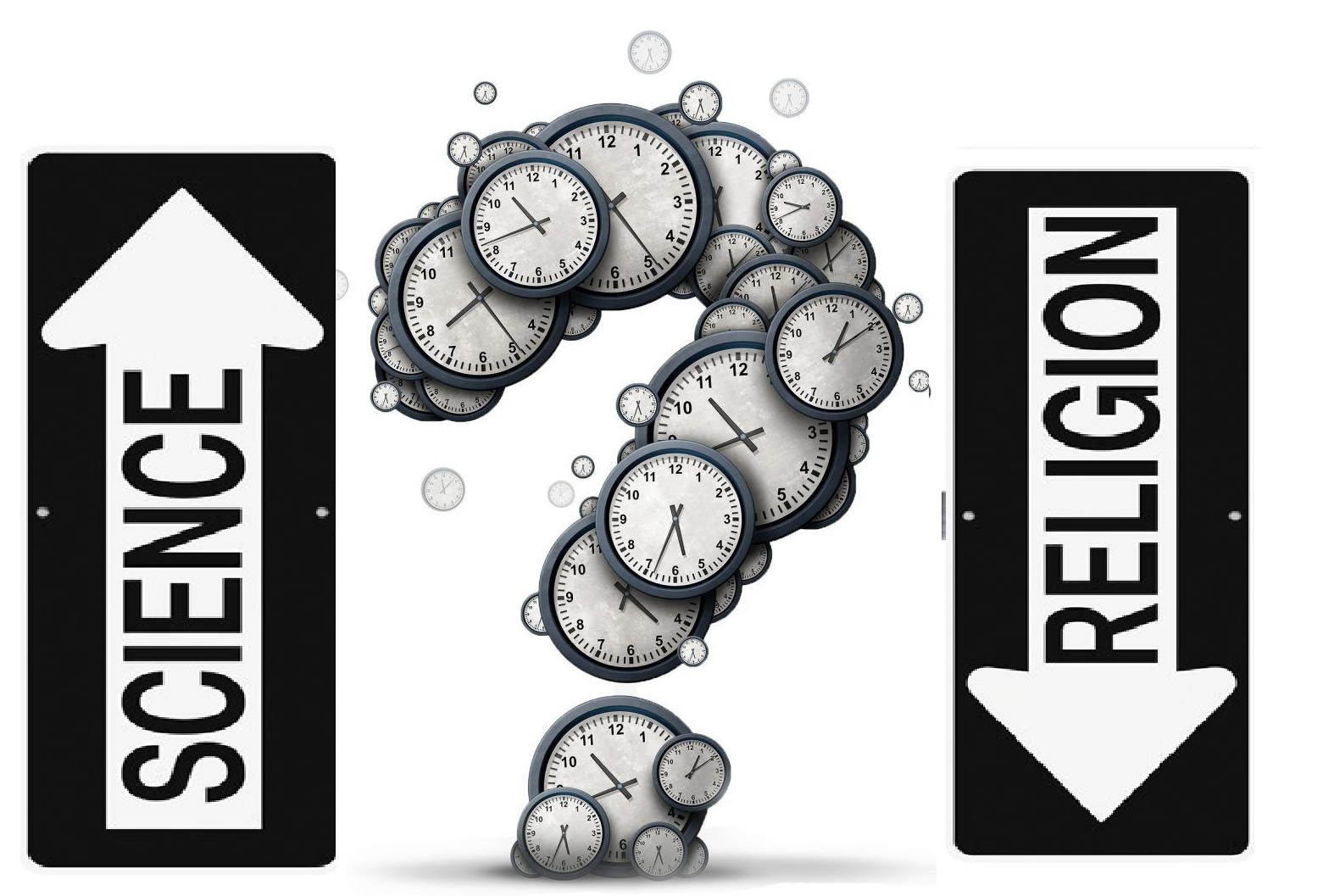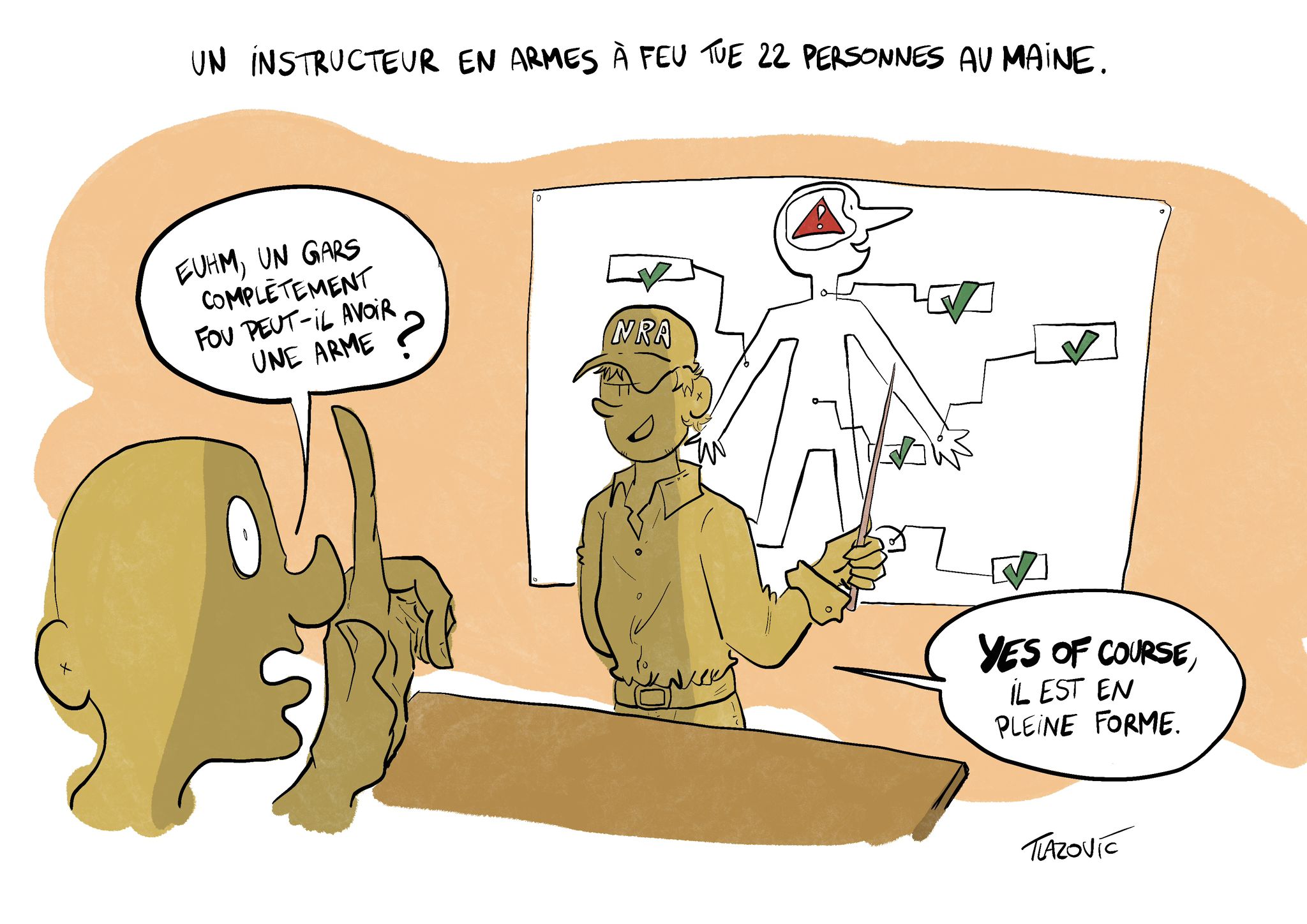Do you ever just sit there in a lecture bored as hell? As the teacher drones on your mind drifts off and before you know it the class is over. Where did all the time go? Why was it running so slowly when the teacher was speaking and so fast when you were daydreaming? The answer to that is surprisingly simple. How we experience time depends on how we feel. If we are paying great attention it appears to run slowly and if we are not it runs more quickly [I]. Physicists also agree that time is not constant. According to Einstein’s theory of general relativity, it moves at different speeds relative to the observer depending on their rate of acceleration. This means that a clock on a satellite orbiting the earth runs slightly faster than a clock on the surface [II]. Another implication is that time travel to the future is theoretically possible by moving at very high speed. Despite proving that such a feat is possible, science still has quite large knowledge deficiencies on the fundamentals of time. The only universally agreed definition is “what a clock reads” [III]. Perhaps it’s little wonder that religion has been needed to fill the gaps.
How religion has shaped the week
One of its most notable contributions concerns nature of the week. Why does it have seven days? Easy- the ancients worshipped seven Gods. Or to be more precise the Mesopotamian Sumerians did. This tradition was then adopted by their Phoenician neighbours and integrated into the Biblical creation story by their Israelite successors. Seven-days thus became the standard unit of time for Semitic peoples and their Christians heirs. Following the conversion of Emperor Constantine, the Romans officially began using the septuple week. Despite the rapid Christianisation of the Empire, five days of the days were named after the Gods in the traditional pantheon, and two after the sun and moon, giving, “Luna, Mars, Mercurius, Jupiter, Venus, Saturnus and Sol.” Look carefully and these are perilously close to the contemporary French. But where do the English monikers come from? Their history can be traced to the Anglo-Saxons, who dissatisfied with the Latin gods rebaptised four days after their own deities Tiw, Woden, Thor and Freya to give Tuesday, Wednesday Thursday and Friday [IV]. Ok, so now that we have established how the seven-day week rose to prominence, let’s turn our attention to the hour.
Clockmaking is an hour away of Ancient Egypt
Defined as ¹⁄₂₄ of a day, it is, like the week, not an obvious astronomical unit. While its history is no less convoluted, it is, however, a bit more scientific. The duodecimal system originates with the ancient Egyptians. They noticed that in the time it takes the earth to orbit the sun, there are 12 lunar cycles (now known as moonths or months). They downscaled this principal to the day, splitting it into 12 discreet periods. Night was also divided into a dozen parts, but not for the same reason. The Egyptians used to measure the period between dusk and dawn by the passing of 36 stars, only 12 of which could be seen in complete darkness [V]. Initially the durations of the 12 sections of both day and night were not uniform, varying with the seasons according to daylength. It was only after the invention of modern clockmaking that the hour became a constant unchanging unit endlessly repeating itself every 60 minutes.
Monotheism and the change from time cycle to timeline
The Egyptians though, nevertheless viewed time as an endless repeat. They, like most ancient civilisations thought the same events repeated themselves over and over and did not necessarily see the passage of time as forward progress. This all changed with the rise of monotheism. The Jewish scriptures claimed that the world was created at a precise point in the not-too distant past and that a future Messiah was on the way. This instigated a linear view of time, progressing towards an obvious endpoint. [VI] And when that “endpoint” came and went, scholars decided to mark it. Five centuries after the birth of Christ, Dionysius Exiguus devised the practice that underpins the first clause in this sentence. From that point on, time would be measured in years since the saviour was born. Although systems that had measured time from an arbitrary point in the past had been used before, Dionysius’ is particularly problematic. Firstly, it miscalculates the date of the nativity, which was almost certainly not in 1 AD (scholars now consider a date between 6 and 4 BC most likely) [VII]. Second it grossly skews perceptions. Although 2019 years may seem a lot, it is only a small fraction of human existence and pales into insignificance when compared to the 4.6 billion that earth has existed (see Kurzgesagt video). [VIII]
What about geological time?
Geological time constitutes a more realistic view of earth’s history, but even it has not been spared from bias. The current geological period is known as the quaternary and is formally defined as beginning 2.6 million years ago with the onset of the current ice age. Many scholars (probably the majority) do not believe however that it meets the fundamental criteria of a geological period: normally, in order to be considered as such, climate change must be accompanied by a large shift in life’s evolutionary pathway. This is simply not the case in the quaternary [IX] . Why is it then that geology’s governing body officially voted to accept it? Essentially its sub-committees were infiltrated by so called “Quaternary scientists,” who specialised in the period and wanted it officially ratified to bolster the standing of their research. This outraged marine geologists in particular who felt their point of view had been unfairly side-lined. [X] The affair caused so much bad-blood that a ten-year cooling-off period was implemented in which no further changes to the geological timescale were allowed. Science Magazine even declared it the “Time war.” [XI]
Humankind as the foremost geological force
Yet it is beginning to look like a mere skirmish in light of current goings-on within geology’s fractious governing body. The “Anthropocene” is a proposed epoch in which man has become the foremost geological force [XII]. Few scientists disagree that this is the case, yet its official ratification seems further away than ever. The sub-committee charged with considering its adoption is at war. On one side, a faction led by William Ruddiman argues that it began with the agricultural revolution 5000 years ago. On the other, an alliance led by Jan Zalasiewicz maintains that the Trinity nuclear test of 1945 is the obvious starting point [XIII]. Both sides have come out with their own publications in attempt to sway the debate [XIV; XV]. Still another group believes its adoption is too contentious and it is better for the issue not to be officially addressed. Yet, wouldn’t that be a missed opportunity for humankind?
As we have seen, our view of time shapes how we see the world and our place in it. So officially recognising the Anthropocene could be the first logical step in accepting our role in the ecological crisis. But the ramifications of the decision would be even larger than this – hence perhaps why the debate is so intense. Acknowledging the Anthropocene would be tantamount to accepting humans as transcendent entities capable of side-lining nature to dominate the planet. It would be elevating them to the timescales of Gods, beings whose actions have an influence over hundreds of millions of years [XVI] . Few geologists are prepared to endorse this, hiding behind the veil of empirical observation that modern science demands. Yet not to accept the Anthropocene is to reject what has been obvious for millennia: that time is a human concept and religion its divine master.





Laisser un commentaire
Vous devez vous connecter pour publier un commentaire.